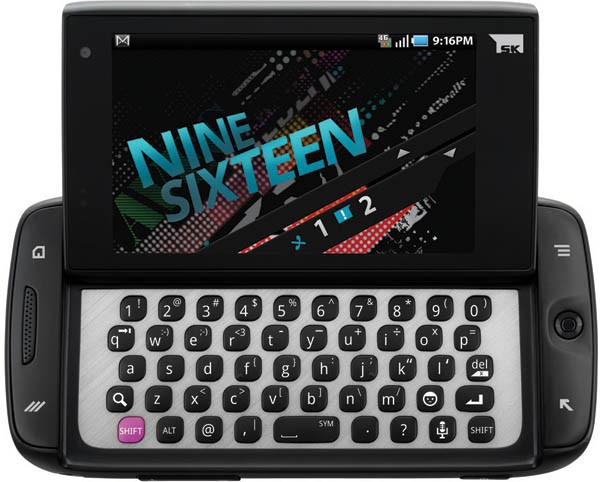

This idea isn’t exactly cutting-edge (we’ve seen it on most Android devices), but we always find it useful.
#Sidekick tmobil update#
The Sidekick has a handy Universal Composer app for those times when you want to update multiple social networks at once. I can think of a million other uses for Group Text. This function came in handy when I was trying to organize who was bringing what for a dinner party. You can create groups of your contacts and allow them to reply-all within the group regardless of what carrier they are on. Group Text was pretty easy to set up, however. Unfortunately we couldn’t test Cloud Text, as it won’t be live until the Sidekick is commercially available (April 20). Cloud Text allows you to message your friends or groups from multiple platforms–including PCs. Group Text lets you create, name, manage, and participate in reply-all group text messages. The Sidekick 4G comes loaded with two messaging features, Group Text and Cloud Text. All of this is easily done via the settings menu.

You can customize both the Lock screen and the Jump key with shortcuts, so you can quickly access whatever apps and programs you need. Its surface area isn’t large enough to use comfortably as the main method of navigation, and its response time seemed a bit slow. I had a hard time getting the hang of the optical mouse, however. It took me just a second to get a grip on where these various hardware buttons are located: The Home button is in the upper-left corner and the Jump key sits below it, while Menu and Back are on the right side in the upper and lower corners, respectively. If you remember the older Sidekicks, you might recall the Jump Key, which takes you to a list of your favorite programs you can customize the list to taste (see “New Sidekick OS” below). The Sidekick shakes up the standard Android hardware keys by adding a Jump Key rather than a Search key (in addition to Home, Back, and Menu, of course). In addition to the keyboard and the touch display, the phone sports a handful of hardware keys and an optical mouse. It isn’t the most high-res display, but video and pictures looked sharp and animations moved smoothly. The 3.5-inch, WVGA, 800-by-480-pixel display was pretty responsive and showcased the user interface nicely. My colleague with larger hands disagreed, however, and said that he liked the keyboard. I was able to bang out a long message pretty quickly with few errors, but I also felt as if my fingers were stretching a bit to reach the keys. On the downside, the keys are a bit undersized and a little too spaced out for my small hands. The keys are raised, have a satisfying click to them, and feel nice against your fingers. Thankfully, the Sidekick 4G’s keyboard is pretty good. Most important thing first: The Sidekick wouldn’t be a Sidekick without an excellent physical keyboard. Everything we know and love about the Sidekick is still there, but I wish Samsung had baked in enhancements in a few areas other than just design and data speeds. Did Samsung succeed in reviving the Sidekick brand? For the most part, I think it did. As a former Sidekick LX user (and honestly, I kind of miss good physical keyboards), I was excited to check out Samsung’s spin on this legendary phone. The T-Mobile Sidekick has returned ($80 with a two-year contract from T-Mobile available April 20, 2011), and this time it has 4G speeds.


 0 kommentar(er)
0 kommentar(er)
